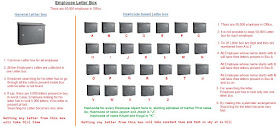Check 2 strings are anagrams of each other.
What is Anagram?
An anagram is a rearrangement of the letters of one word or phrase to another word or phrase, using all the original letters exactly once.Example:
1. "evil" and "vile" is anagram of each other
2. "dog" and "ogd" is anagram of each other
3. "burger" and "burgr" is not a anagram of each other








